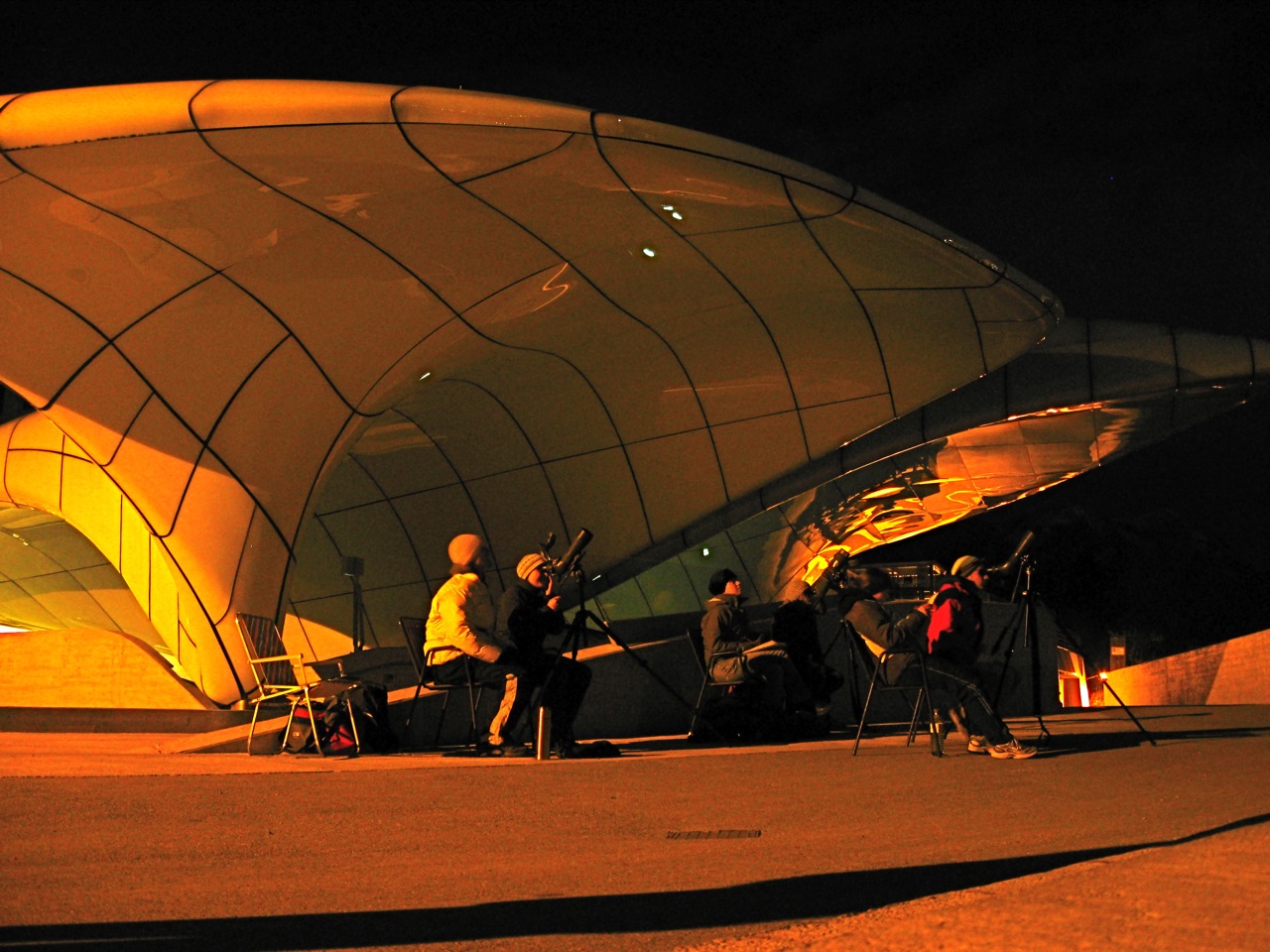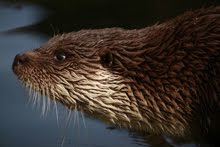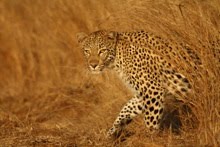Barbara and I had planned our perfect trip including visiting the forests of Magoebaskloof / Woodbush, and then working our way down through Kruger from Olifants Camp and then heading southwards, finishing off with a couple of nights in the forests and grasslands of Graskop and the Drakensberg mountains.
Besides the natural wonder and beauty of Kruger National Park - which is always lovely - the greatest thing of the entire journey was to experience the joy these two very dear people expressed as they discovered Africa for the very first time. It really was an honour and a great way to deepen my appreciation for my homeland.
On our second morning I had gone out wandering about the camp trying to get some digiscoping shots of the Blackheaded Orioles and Starlings on the Aloe blossoms and my father in law had spent a good while scanning the savanna for anything interesting. For those not familiar with Olifants Camp, it is set upon a largish hill with wonderful views over the Olifants River and the savanna in the background. It is a great spot for seeing eagles (I photographed 6 eagle species in one morning in the middle of Winter!). Anyhow, so he must have spent at least an hour slowly scanning the hundreds of hectares that lay before him for anything interesting.
Some impala. A couple of old elephant bulls. Three lions.
Three lions !!?
What?
I still have no idea how he saw them sitting there in the tan-coloured grass, only having a pair of 10x42 binoculars and cataracts to look through. Incredible.
It also gave me a good opportunity to make an impromptue video about ISO and digiscoping and I think it does a good job of showing just how powerful a tool digiscoping is.
What is ISO and how is it important to digiscoping?
Essentially, ISO as a camera function describes how sensitive the sensor is to the light that it receives. This means that a high ISO number means that the sensor very quickly gathers information (i.e. allows me to use a fast shutter speed) but because the picture information is gathered so quickly, the smooth quality of the photo is "penalised", introducing more grain/noise in to the photo.
At the opposite extreme, a low ISO gives you great images with very little noise, but you will only have slower shutter speeds at your disposal.
Every camera handles ISO and noise slightly differently, but let's split them generally in to the average compact cameras that are used for digiscoping and DSLRs.
 ISO 800 on Canon A590IS. faster shutter speed from the high ISO made this shot possible, despite being at night. Had to sacrifice image quality through noise.
ISO 800 on Canon A590IS. faster shutter speed from the high ISO made this shot possible, despite being at night. Had to sacrifice image quality through noise.Compact digital cameras for digiscoping: With, by way way of example, a Nikon P6000 or P5100 (both very common digiscoping cameras), using the minimum ISO of 64 gives nice images, but anything above 200 tends to bring a lot of noise in to the images and is then only really interesting for key rare-bird identification photos when nothing else will work.
DSLRs for digiscoping: Entry level DSLRs like the Canon 1000D or Nikon D3000 have effective ISOs going up to 1600. This range is fairly usable, and for various reasons, when using one of these cameras, I would normally start digiscoping with an ISO1600 and drop it down to ISO800 or ISO400 if the light is good enough or I want to try for a better shot of the same subject (i.e. after the ISO1600 shot). The noise at ISO1600 is certainly noticeable in a large print with these cameras, but it really is often necessary to get a fast enough shutter speed for a sharp photo.
The noise control of larger DSLRs (e.g. the Canon 7D or Nikon D300s) is considerably better than the little ones, making results at ISO1600 much more appealing. This effect is even stronger with a full format camera (on a TLS800 as normal digiscoping does not work) - the Canon 5D mark II has exceptional noise control and can take some great photos at ISO1600. But even with the Canon 5D mark II, I will normally try to drop the ISO whenever possible.
There is a general rule in photography:
In order to get a sharp photo, use a shutter speed greater than the focal length
i.e. if the focal length is 50mm, use 1/60s shutter speed or fasterif the focal length is 1000mm (as is typical in digiscoping), use 1/1000sec or faster
This rule can be bent a bit, but the more you bend it, the harder it will be to get sharp photos. This is where playing with your ISO will really make a difference.







.jpg)



.jpg)








.jpg)



6 comments:
Hi Dale,
I love to read your post because it remind me the rules a bit! I tend to forget them when I'm on the field!!! Nice video you got and thanks to be a nice teacher ;-)
What a beautiful scene. Kruger looks fantastic. And an educational post, too!
Hi Dale,
First time I m visiting ur blog.. really great pics of the birds in ur earlier posts..i also love to click photos though i use my cell phone...
www.myyatradiary.blogspot.com
Thanks for the great information on ISO as it relates to digiscoping Dale! Being a novice, all the information you give on digiscoping helps me immensely.
Super shot of the Mandarin Duck too!
Cool Sir, really good.
You have a nice design and layout of this blogs.
Post a Comment